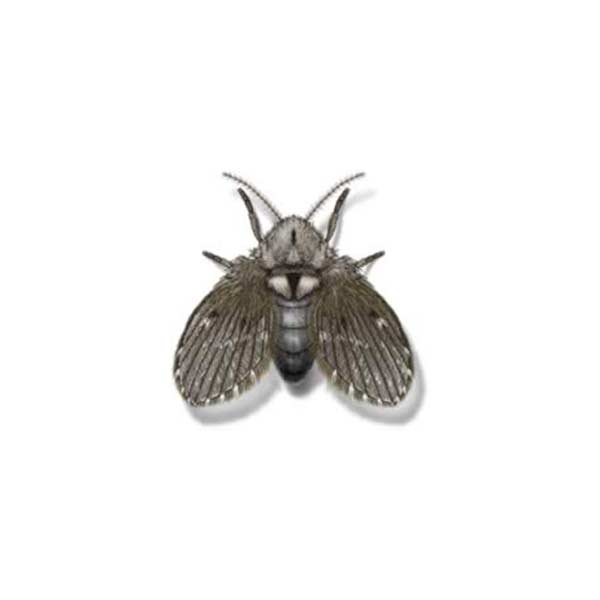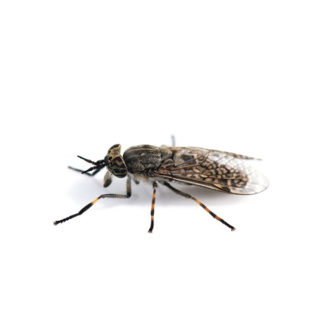Drain Flies in Kailua Kona
Drain flies, commonly referred to as moth flies, earn their name due to their inclination to reproduce in drains. Widely distributed across the United States, these insects can become a bothersome presence within households, often making unexpected appearances from drains in sinks and bathtubs. Their prolific breeding in sewage treatment plants contributes to their widespread distribution, allowing them to be transported by the wind to neighboring buildings. They can easily pass through standard fly screens, making them a persistent nuisance in residential spaces.
Drain Fly Habitat
Drain flies undergo their development in muck or gelatinous material that gathers in sewage disposal beds, septic tanks, moist compost, or unclean garbage containers. Emerging from drains in sinks or bathtubs, tree holes, rain barrels, moist organic solids, or bird nests with fecal material accumulations is also common. These flies come together, mate, and lay eggs in areas with moisture or standing water, with a particular liking for the slimy film present in sewers and drains as an ideal breeding habitat. Within structures, their affinity for light leads them to congregate on glass windows, doors, lamps, and around indoor lighting.
Drain Fly Behaviors, Threats, or Dangers
Drain flies, while posing no direct threat to humans, animals, or structures, are not entirely harmless. These insects do not bite or cause damage to plants, but their potential as carriers of diseases is a concern. Originating from unclean sources, drain flies can become a nuisance in homes, particularly in association with clogged drains. Commonly breeding in bathroom drains, their weak flying abilities often lead to encounters where they are found crawling on walls and various surfaces. While their presence may not cause physical harm, addressing the root causes of infestations, such as maintaining clean drains, is essential to mitigate their impact on residential environments.
If you are dealing with a drain fly problem in your property, contact your local fly exterminators.
Need help with Drain Fly control?
Need Pest Control Service?
Leave your information below and we’ll be in touch with a FREE quote!
"*" indicates required fields
*During normal business hours. After hours calls will be returned the next business day.





